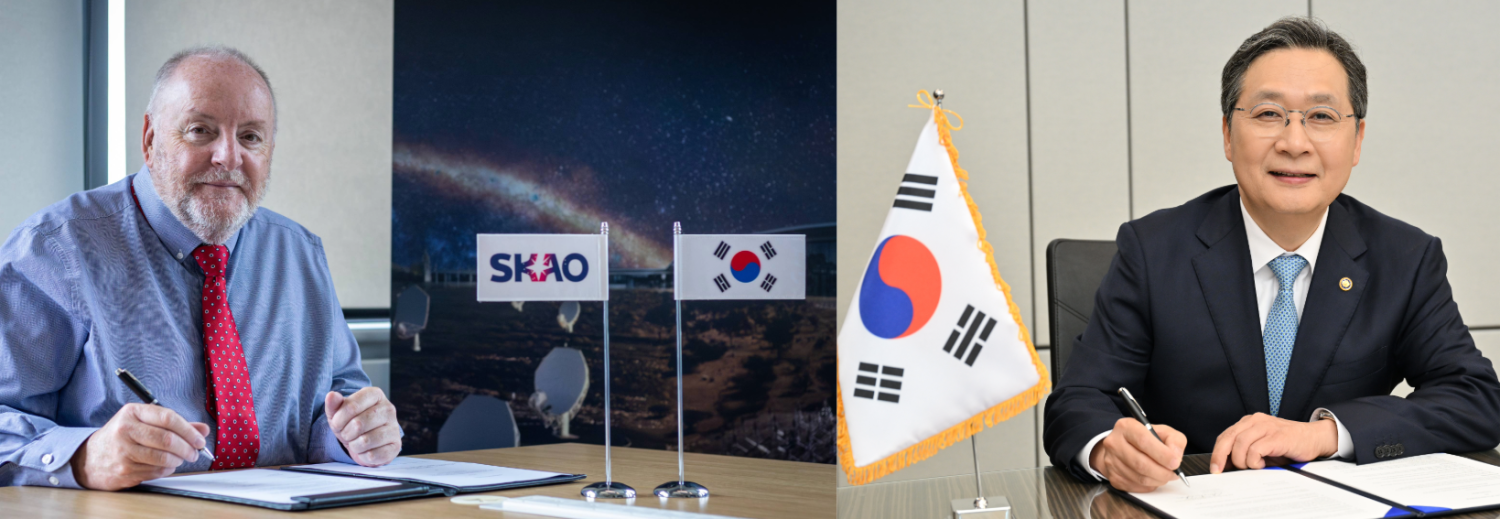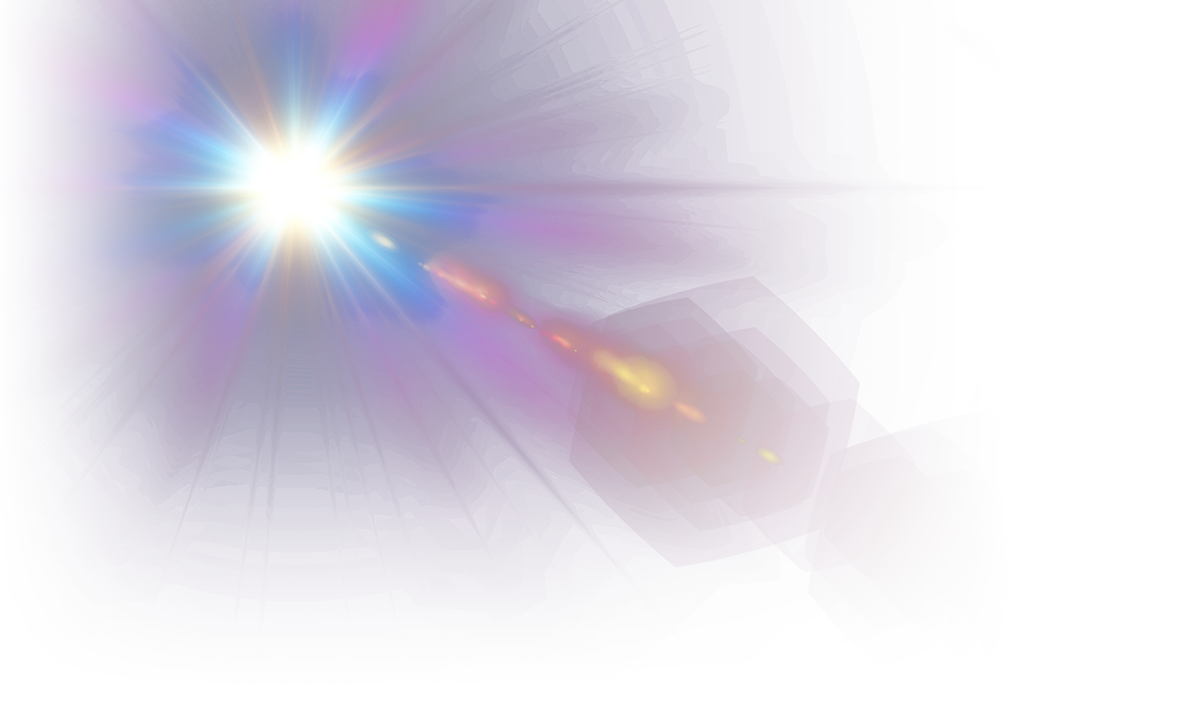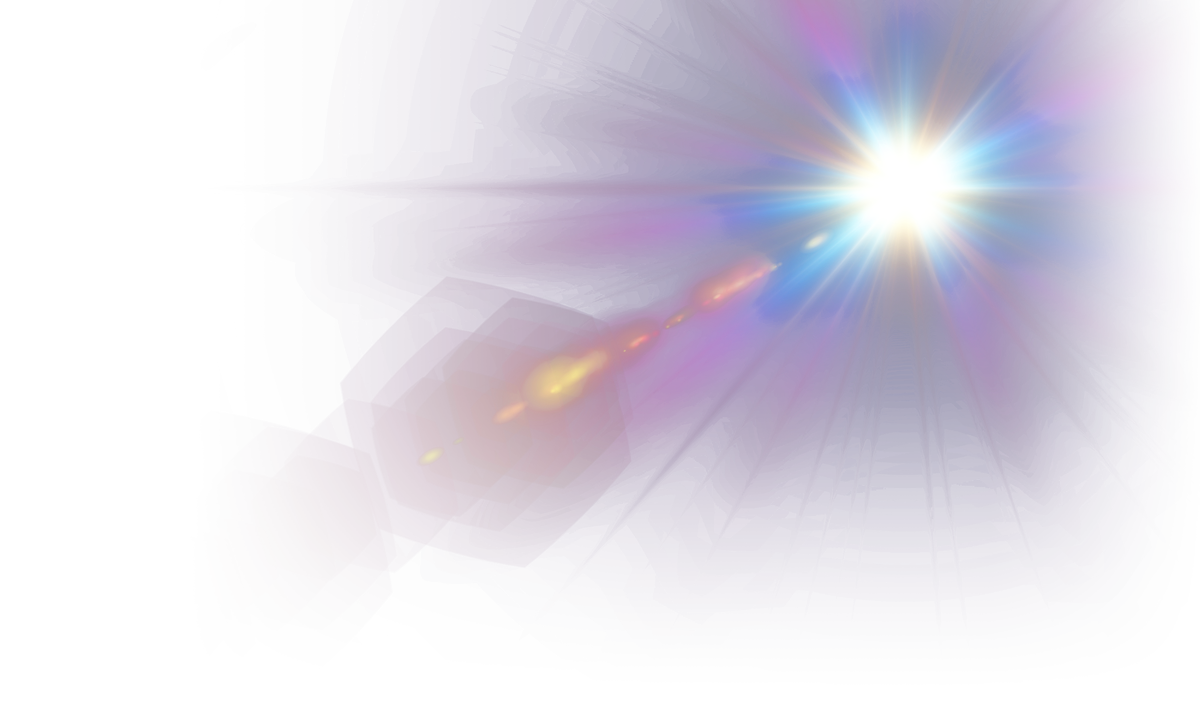South Korea strengthens partnership with SKA Observatory

The agreements mean KASA will represent South Korea as an observer in the SKAO Council and its sub-committees for the next three years.
As a result, Korean scientists and institutes will be able to participate in SKAO’s activities as the observatory continues to move through construction towards the start of its scientific programme, which is expected to begin towards the end of this decade.
South Korea’s interest in the SKA project dates back several years, and continuous engagement at governance, scientific and technical levels has been taking place between the SKAO and KASI, which is now one of the research institutes of KASA, established in May 2024.
During the SKAO Council meeting in March in Zurich, KASA, on behalf of the South Korean government, officially expressed its intent to participate in the project.
Following the meeting, the Council unanimously approved a cooperation arrangement with KASI, a necessary step which then opened the way for the Observatory to sign a memorandum of understanding with KASA.
“The signing of this MoU is a meaningful first step for Korea to formally participate in cooperation with the SKAO,” said Young-bin Yoon, Administrator of the Korea AeroSpace Administration.
“Through participation in the SKA project, we will actively support domestic research institutions and industries in entering the global collaborative ecosystem and expanding the frontiers of human scientific knowledge, such as better understanding the origins of the Universe.”
Korean expertise in radio astronomy began with the construction of the Taeduk Radio Astronomy Observatory at KASI in the mid-1980s and deepened with the operations of the Korean very-long baseline interferometry (VLBI) Network in the 2000s. These national projects have given researchers at KASI and within Korean universities specialist knowledge in broadband data transmission and processing, as well as phased array feed and cloud computing, all of which are highly relevant to the SKAO.
“A big science endeavour of the scale of the SKAO is by nature only possible through global collaboration,” said Thijs Geurts, the SKAO’s Head of International Relations.
“South Korea’s contributions to the Observatory, bringing with it a vibrant astronomy community and expertise in VLBI, will be extremely valuable as we continue construction of our telescopes and head into early operations. We look forward to deepening our collaboration in the coming years.”




